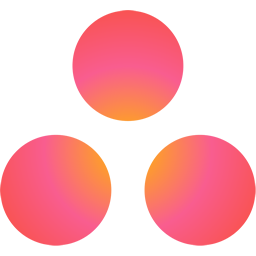How We Built A $27K/Month Army Of Digital Workers For The Insurance Industry
Hello! Who are you and what business did you start?
Hey everyone, my name is Jackson Fregeau and I’m one of the co-founders of Quandri. Luckily enough, my other co-founder is my brother Jamieson, so I guess you could say it’s a family business. At Quandri, we build digital workers to automate time-consuming and repetitive work, right now focused on the North American insurance industry.
We provide 3 main digital workers for insurance brokers, with our most popular one automating the manual task of comparing policies upon renewal. Our robot will ingest the policy information, compare multiple policies, analyze the data and provide a summary report of important changes and any issues or opportunities the broker can take action on. As of right now, our monthly revenue is around $30k.

By the process of getting started, you are out there in the world, learning, failing, and getting important feedback. It’s the process of iterating...
Sorry, you need to login and/or become a member to view the rest of this content. Free Download163 Million Dollar Solopreneur Business Ideas
Free Download163 Million Dollar Solopreneur Business IdeasDownload the report and join our email newsletter packed with business ideas and money-making opportunities, backed by real-life case studies.
Get The Report Free Download163 Million Dollar Solopreneur Business Ideas
Free Download163 Million Dollar Solopreneur Business IdeasDownload the report and join our email newsletter packed with business ideas and money-making opportunities, backed by real-life case studies.
Get The Report Free Download163 Million Dollar Solopreneur Business Ideas
Free Download163 Million Dollar Solopreneur Business IdeasDownload the report and join our email newsletter packed with business ideas and money-making opportunities, backed by real-life case studies.
Get The Report Free Download163 Million Dollar Solopreneur Business Ideas
Free Download163 Million Dollar Solopreneur Business IdeasDownload the report and join our email newsletter packed with business ideas and money-making opportunities, backed by real-life case studies.
Get The Report Free Download163 Million Dollar Solopreneur Business Ideas
Free Download163 Million Dollar Solopreneur Business IdeasDownload the report and join our email newsletter packed with business ideas and money-making opportunities, backed by real-life case studies.
Get The Report Free Download163 Million Dollar Solopreneur Business Ideas
Free Download163 Million Dollar Solopreneur Business IdeasDownload the report and join our email newsletter packed with business ideas and money-making opportunities, backed by real-life case studies.
Get The Report Free Download163 Million Dollar Solopreneur Business Ideas
Free Download163 Million Dollar Solopreneur Business IdeasDownload the report and join our email newsletter packed with business ideas and money-making opportunities, backed by real-life case studies.
Get The Report Free Download163 Million Dollar Solopreneur Business Ideas
Free Download163 Million Dollar Solopreneur Business IdeasDownload the report and join our email newsletter packed with business ideas and money-making opportunities, backed by real-life case studies.
Get The Report














